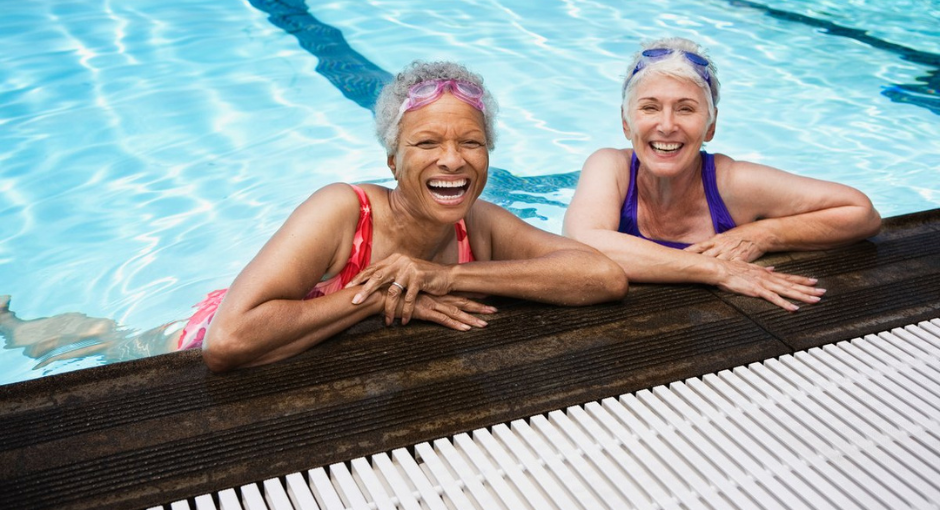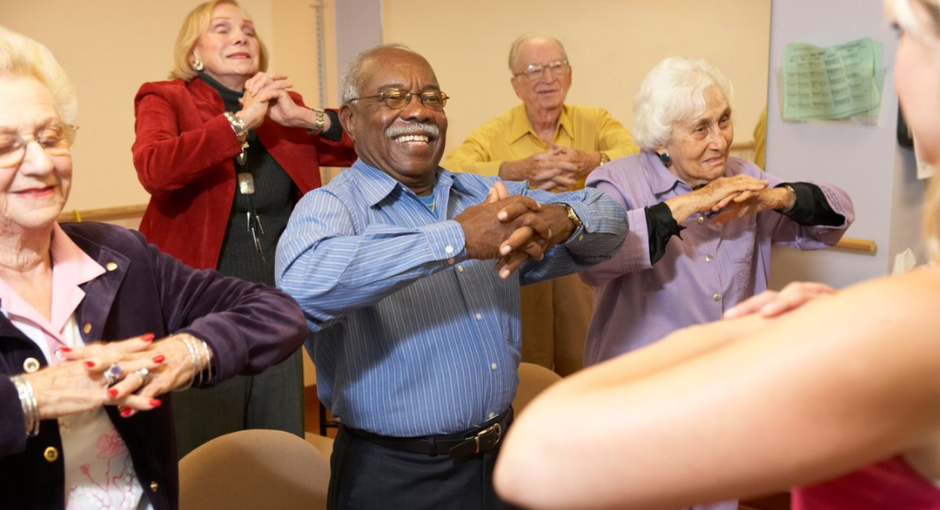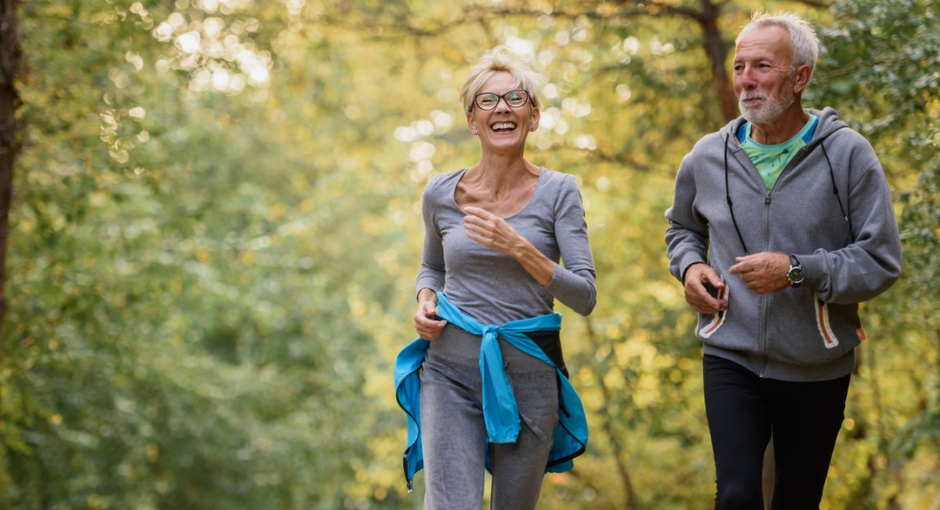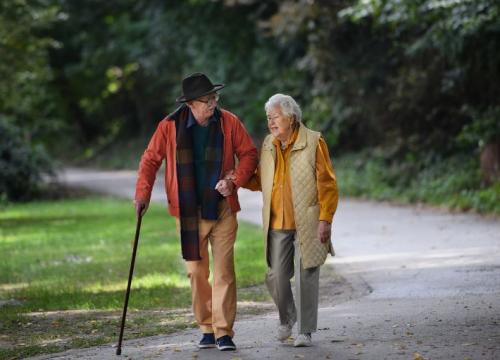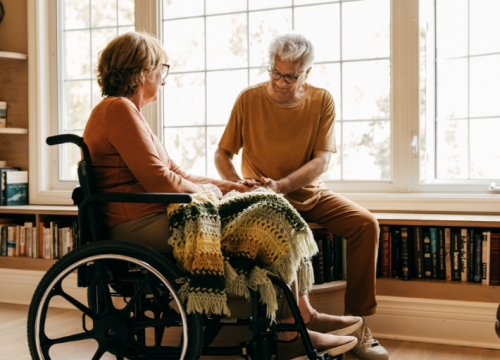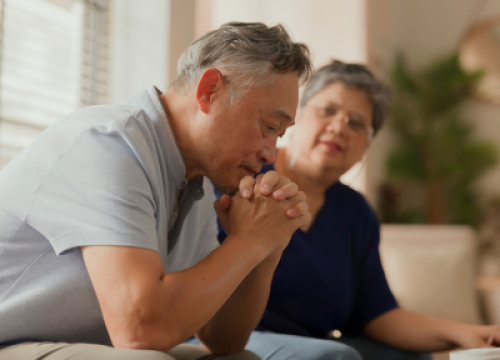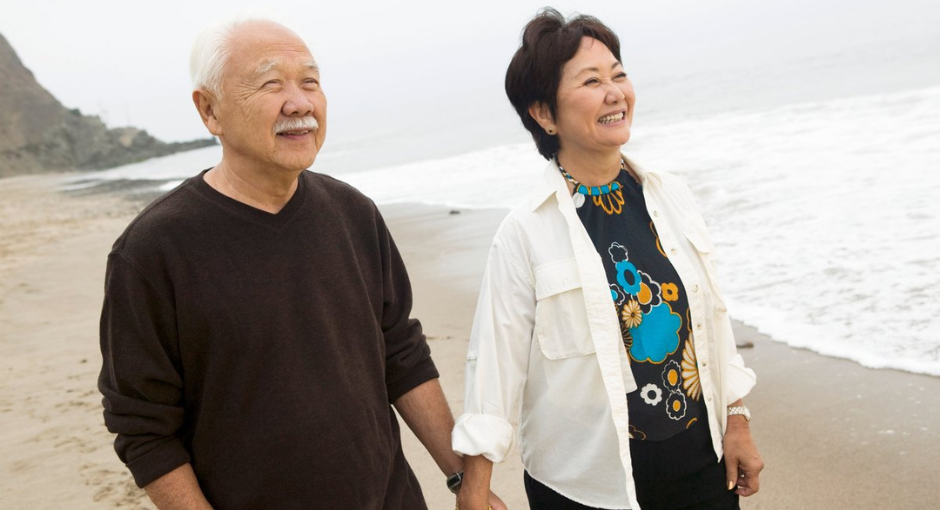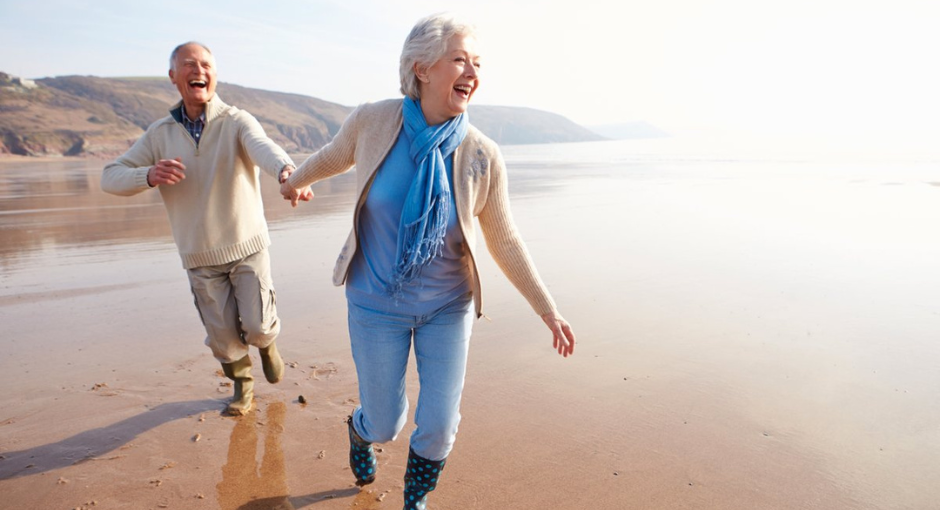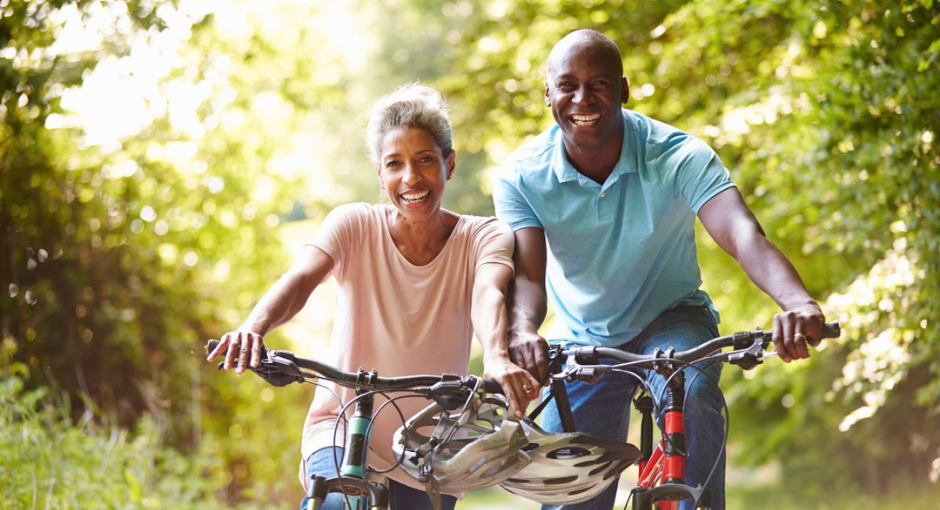Tips for Daily Living: 12 Ways to Boost Your Brain Power
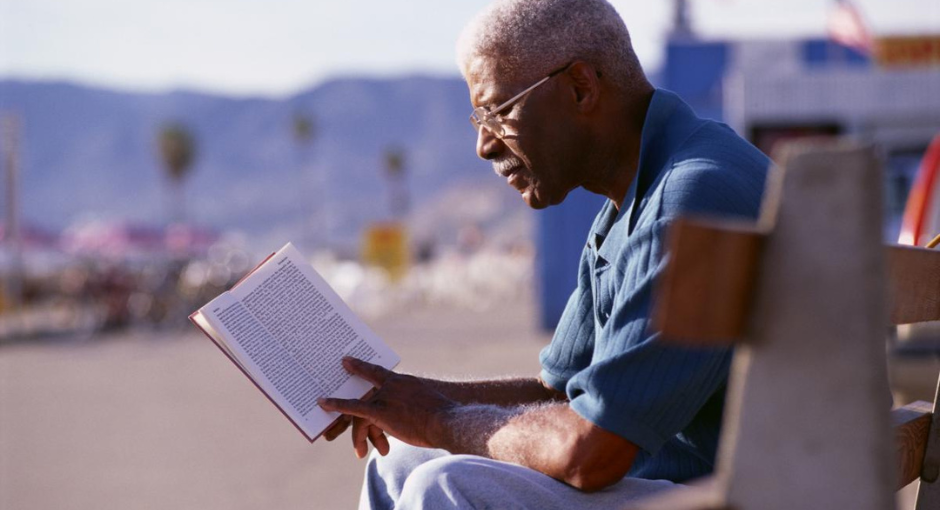
Do you ever walk into a room and forget why? Next time, try closing your eyes to jog your memory.
Your brain is a mysterious organ that researchers are still trying to better understand. Brain Awareness Week is a global campaign that raises public awareness about the progress and benefits of brain research, including research into the causes of Parkinson's disease (PD) and how to treat it. This year we wanted to provide you with 12 ways you can enhance your cognitive function, starting right now:
1. Keep Learning
Choose activities that keep your brain working. Set out to complete a complex goal or learn something new. Start with watching a new video on our YouTube channel.
2. Eat a Healthy Diet
Following the Mediterranean Diet can help people with Parkinson's slow levadopa absorption into the brain. This diet not only helps the brain, but can reduce blood pressure and cardiovacular disease.
3. Take a Book with You
Reading is a complex task that requires multiple parts of the brain to work together. A complex book can improve memory and cause positive neurological changes that last even after you stopped reading.
4. Stay Social
Staying social has been proven to help retain cognitive sharpness. Surround yourself with people who make you laugh and smile, or make new friends at Parkinson’s support groups. Get to know us on Facebook, Twitter and Instagram.
5. Keep Calm
Stress of any kind can temporarily worsen PD symptoms. Meditating just 15 minutes a day can bring a sense of calm and the ability to see things more clearly.
6. Get Enough Sleep
Maintain a regular sleep schedule; get up and go to bed the same time every day. Not sure where to start? Try Sleep: A Mind Guide to Parkinson's Disease.
7. Keep Track of Medications
Establishing a daily routine helps keep you on track with medications and exercise regiments. It can also help with sleep and digestion issues. Watch this guided meditation video to get started now.
8. Increase Your Heart Rate
Intense exercise can improve efficiency of your brain cells using dopamine and lessen PD symptoms.
9. Give Your Brain a Workout
Creativity in everyday life provides excellent mental stimulation. Vary your activity to keep the mind strong and healthy. Draw, paint or write your My PD Story.
10. Groove to the Music
Listening to music can improve memory. Singing and dancing to a song helps cognitive and physical functions. Research shows that exercise, social stimulation and singing can help postpone PD symptoms.
11. Drink Caffeine
Several studies have shown that caffeine may reduce the risk of developing Parkinson’s. A cup a day may also help with motor symptoms, boosting memory and lowering the risk of depression.
12. Laugh Out Loud
Laughing stimulates different areas in the brain. Some studies show laughing can also improve short-term memory. Watching a funny movie or cat video is also a natural stress reducer.
Want more? Follow us on Facebook and Twitter for the latest in Parkinson's news.
Parkinson's Foundation Helpline
Contact our Helpline at 1-800-4PD-INFO (1-800-473-4636) or Helpline@Parkinson.org for answers to your Parkinson’s questions. Helpline specialists can assist you in English or Spanish, Monday through Friday, 9 a.m. to 7 p.m. ET.
Related Blog Posts

20 Parkinson’s-Friendly Gifts

8 Tips for Traveling with Parkinson’s

